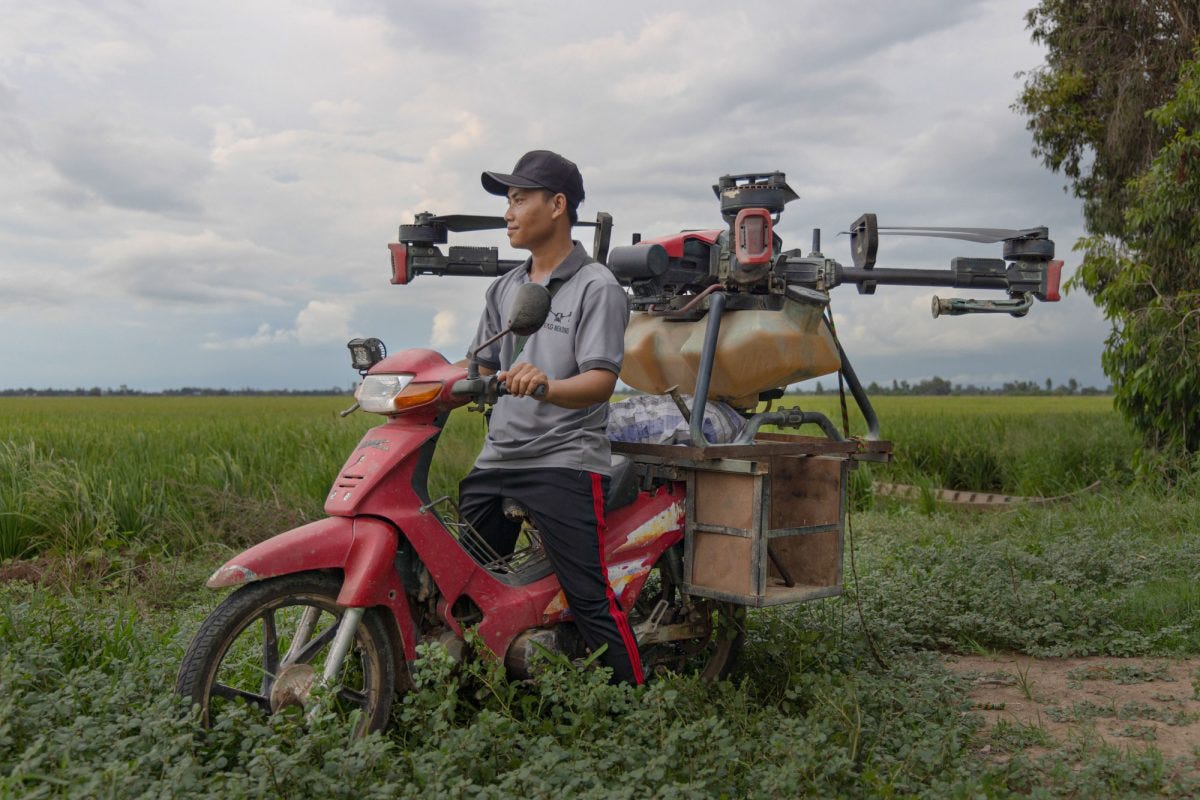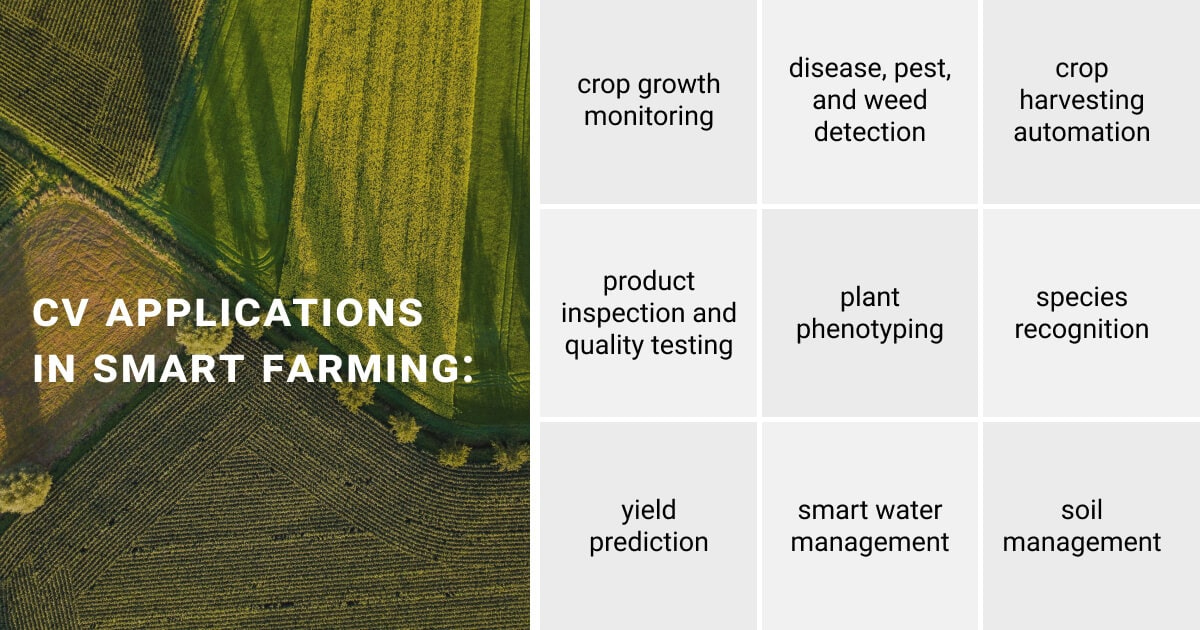Drone farmers
I fell down a rabbit hole of agriculture drones. Here are some interesting things I learned.
I came across this interesting article about how drones are transforming rice farming in Vietnam. Given the recent heatwaves across the world, I hope that more and more of manual farm work can be minimized if not completely automated in the future (assuming we have a plan for workers whose livelihoods get impacted).
The article led me down a rabbit hole of the whole “drones in agriculture” space. Here are some interesting things I learned.
Better for the environment
Besides just the human effort part of the work, turns out drones can also be better for the environment as well.
Because drones spray or scatter the ideal concentration uniformly over a precise area, farmers require less pesticide and fertilizer than they would if applying materials by hand, says XAG engineer Long Hung. This precision in turn reduces how much of the additives end up in the soil and flush into the river and out to the sea.
With increasing pressure on our natural resources, and pollution becoming a bigger problem everyday, drones may offer an opportunity to do more with less, as mentioned here
Reports suggest that drones can lead to about a 20% increase in food productivity, 70% less pesticide use, 97% water saving, and 30x the efficiency in farming
Better data
The move towards drones for agriculture seems to have some strong tailwinds, especially in Asia (though apparently Canada has been doing it for years) as talked about in this article in Forbes India (in Sept 2022) about how drones are becoming the Indian farmer's new best friend.
Other benefits include better data for decision making:
This field information and analysis provided by TAS helped farmers estimate crop yields a lot faster, optimise plant inputs, understand water flow and quantity, and a lot more. “Manually covering this land, especially below sea level, would take a lot of time and labour, with potentially not very accurate results. With the data we’ve provided to the farmers, they can focus on the area marked in red, which needs the most attention,” he explains.
Other AI based techniques like using computer vision on the images and videos captured by these drones also have a lot of potential:
Improved supply chains
Form a purely logistical perspective, there are a lot of wins as well.
Kisan Drone will usher in a new edge revolution as high capacity drones will be used to carry vegetables, fruits, fishes to the market directly from the farms. "These items will be supplied directly to the market with minimal damage, consuming lesser time, resulting in more profits to farmers and fishermen," the prime minister said.
This puts a whole new spin on the “farm-to-table” idea ;).
Economic Inclusion
The other aspect that I had never really considered was how drones were making agriculture more inclusive with programs like the Drone Sisters program from the Indian government where hundreds of women are being trained to fly fertilizer-spraying drones.
Parting thoughts
Drones in agriculture seems to be a no-brainer, though as with most technology-based efficiencies, we need to make sure that we consider the impact on farm workers who already are often economically impoverished. That said, with potentially billions of dollars in efficiency improvements and reducing human impact on environment, it feels like we’ll only see this space grow more and more in the near future, as evidenced by the recent FAA approval for the first drone-swarm of large agriculture-drones in the US.





